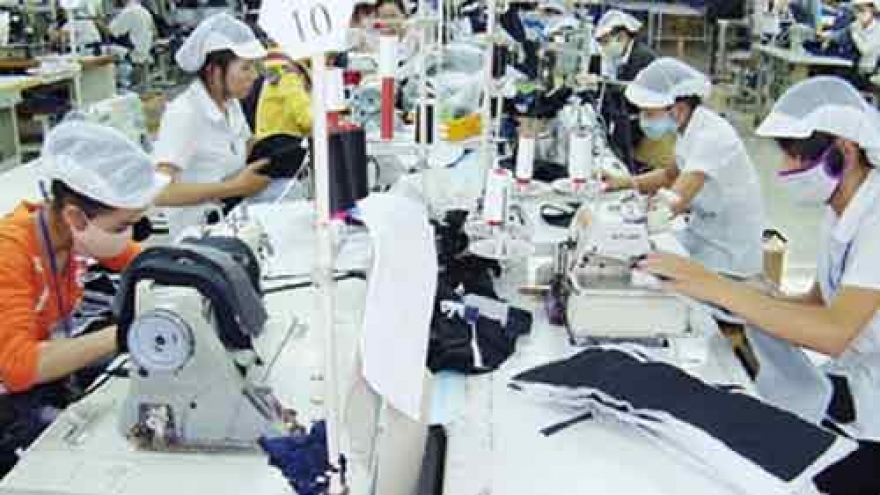The 12 member countries currently negotiating the TPP pact are Australia, Brunei, Canada, Chile, Japan, Malaysia, Mexico, New Zealand, Peru, Singapore, the US and Vietnam.
The study shows that Vietnam would benefit the most from the free-trade pact when it comes to manufacturing and exporting apparel to the US because tariffs would be eliminated on many items produced in the Southeast Asian nation, provided regional yarns and fabrics are used.
In 2015, US tariffs on clothing imports from Vietnam totalled US$10.5 billion, according to the study, and the average tariff rate was set at 17%.
Vietnam is the number two provider of clothing to the US, accounting for a 10% market share of all US apparel and textile imports. China is number one with consignments accounting for 38% of all apparel and textiles shipped into the US.
If the TPP is ratified and comes into effect, additional clothing imports from Vietnam are expected to be only moderate because of the country’s inability to meet many of the yarn-forward requirements needed to qualify for duty-free status.
Vietnam, said the study, purchases roughly 88% of its yarn and fabric from China, the Republic of Korea and Taiwan, which are not TPP members, and exports produced from these raw materials do not qualify for duty free import into the US.
Although there is some limited domestic textile production that takes place in Vietnam, only about one-fourth of it is considered export quality.
In addition, Vietnamese-produced yarns and fabrics are more expensive than similar items produced in China, contributing to a weakening of demand.
In 2014, Vietnamese yarns were estimated to be 5% to 10% more expensive than similar yarns manufactured in China while Vietnamese fabric prices were 5% to 8% more expensive than Chinese fabrics.
As of 2014, the study said, the textile industry of Vietnam consisted of 145 yarn spinners, 401 weaving facilities, 105 knitting mills, 94 dyeing and finishing plants, and seven nonwoven manufacturers.
Given the Southeast Asian nation’s immediate inability to produce yarns as required for duty-free entry, manufacturers have universally expressed concern that the demand for regionally made yarns would lead to higher prices in the immediate future and make Vietnam less competitive in supplying clothing to the US.
However, the study concluded that in the long run, increased domestic yarn and fabric production in Vietnam would shorten lead times and prices, benefiting the country’s apparel exports.
The report estimated that Vietnam has attracted only about US$1 billion of foreign direct investment to improve its fibre and textile capabilities far short of the requisite amount needed to provide any significant benefit from the TPP.
